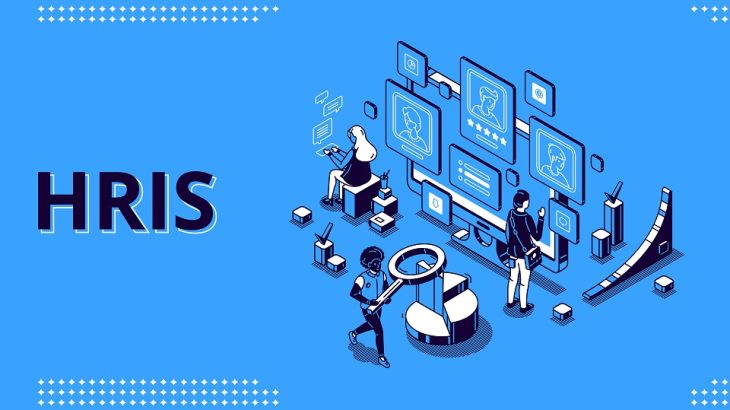A Human Resource Information System is a software package that replaces manual, paper-based methods of inputting, tracking and recording employee information. It is generally organized in five main modules. An HRIS records employee personal and job-related information; it keeps records detailing job requirements; it facilitates planning by matching employees with the jobs for which they are best qualified; and, with security features and tracking of data required for regulatory compliance, it satisfies laws for the protection of personal data and generates reports for submission to government agencies.
Employee Data
A typical HRIS is organized with an employee database. It includes personal information such as name, age, address, telephone numbers, Social Security number, dependents, education and training as well as job-related information. The latter can include the current salary and salary history, an employment history, and benefit details. The HRIS organizes the data into menu-driven pages that display more and more detail in any of the data categories. The HRIS organization completely separates this database from the other sections since many employees accessing it will not necessarily need access to the other modules.
Job Data
The company may use the HRIS to create a second database for data related to particular jobs. For an HRIS organized in this fashion, this second database contains the requirements for each existing company position, the name of the employee holding the position, the names of potential replacements, the paths available for promotion into and from the position and the salary and benefit levels associated with the position. Separately from the individual job database, the HRIS may include global job and employee data such as where present employees came from, how the company found them, how long they stayed with the company and how well they performed.
Planning
Companies may use a third organizational module of an HRIS for planning. Such a module draws on the employee data base, the jobs database and the global employee and job information to identify future human resource requirements and possible sources. The module matches existing employees with company jobs and predicts where there will be gaps. The company can then plan to meet these needs by extra hiring, by re-assigning work or by making changes in the organization of the company.
Compliance
An HRIS can be organized to report on compliance. Companies must demonstrate compliance with employee-related legal requirements such as equal opportunity, gender neutrality and quality of the work-place environment. The HRIS will track employee characteristics, hiring decisions, employee evaluations and decisions for firing or layoffs. It can then generate reports detailing whether and how well the company is in compliance with legal requirements.
Security
An additional organizational module for an HRIS is superimposed on the others to ensure security. The security module ensures the protection of employee personal data according to privacy laws by allowing only the employee himself and appropriate company personnel to view his data. The security module also ensures that employees can only view sensitive data when they need it to perform their job. Data on promotional paths and candidates, for example, is likely to be severely restricted. The security module uses appropriate levels of security, including multiple layers, to protect the HRIS data.





